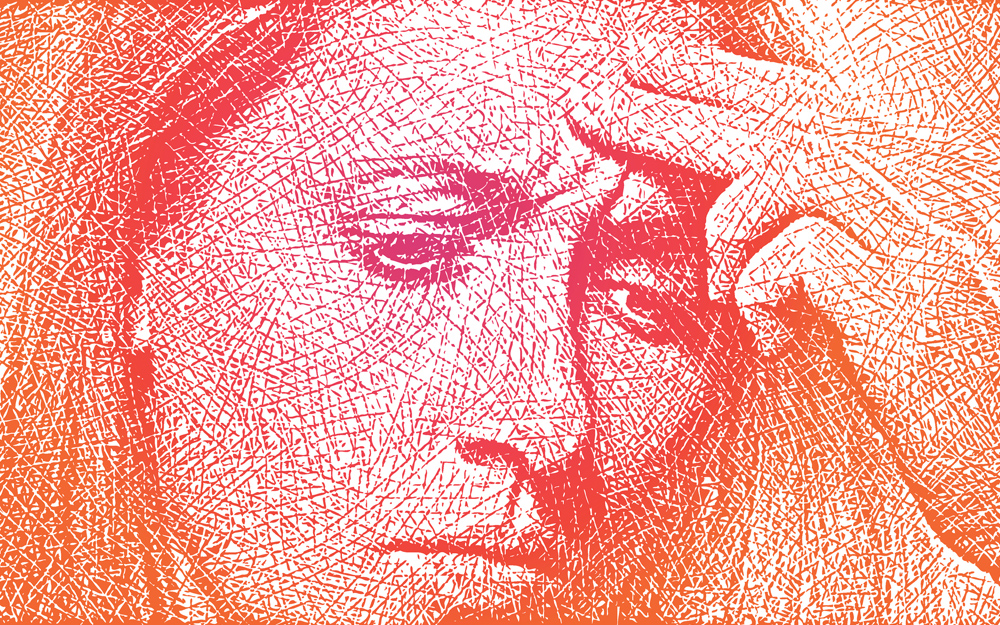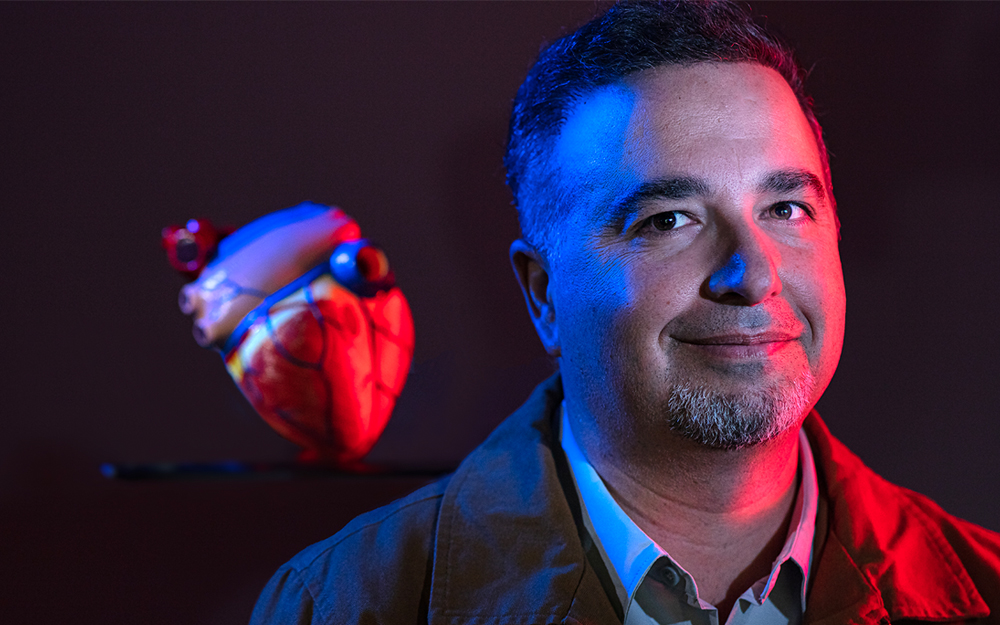Researchers Puzzle Over Migraine and Heart Disease Link
Date
September 27, 2021
Credits

Date
September 27, 2021
Credits
Medical providers featured in this article
In Brief
{{cta-block}}
For women, a migraine could be more than a throbbing headache. It's often an indication that they’re at higher risk of developing heart disease.
While the link between migraines and heart disease risk has been recognized, explaining it has proved to be a bit of a, well, headache.
"We don’t know why women who get migraines have a higher risk of cardiovascular disease than those who don’t," says Janet Wei, MD, assistant medical director of the Biomedical Imaging Research Institute and cardiologist at the Barbra Streisand Women’s Heart Center. Wei and her colleagues are searching for the mechanisms that link migraines to heart disease in women. "We didn’t find differences when it comes to weight, diabetes, blood pressure, cholesterol or health risks such as smoking. But we do know women with migraines—compared to those without migraines—are more likely to have frequent chest pan."
"Women who have chest pain but non-obstructed arteries often go undiagnosed and untreated."
Two-thirds of migraine sufferers are women. These women carry an 80% increased risk of having a stroke, heart attack or other serious cardiovascular health problem. Investigators hypothesized that an issue in blood vessel function could be the culprit—as that is a common denominator in what’s believed to cause migraines as well as heart disease. Pinning down the exact kind of blood vessel problem has been more elusive, Wei says.
She and her team are currently investigating whether vasospasm—a narrowing of the arteries due to a contraction of the blood vessels—is what ties migraines to heart disease risk. In their study of 252 women with angina—chest pain caused by reduced blood flow to the heart that isn’t caused by a blood vessel blockage—half of participants also reported experiencing migraines. This group tended to have more frequent angina as well as chest-pain episodes triggered by strong emotions, hot or cold temperatures, sexual activity or waking up abruptly from sleep. These symptoms tend to be more closely associated with small blood vessel dysfunction or vasospasm of the cardiac arteries. The team did not find any relationship between migraines and small vessel dysfunction
From the blog: Heart Attacks in Women Could Be Flying Under the Radar
The team’s next step is to test similar women with angina for vasospasm using a coronary function test that only a handful of centers have adopted. Much like an ordinary angiogram, the test uses a guidewire threaded through the blood vessels. Patients are then given a dose of a drug that should cause their blood vessels to dilate. However, in patients who experience these spasms, their vessels constrict by 70% or more.
"Women who have chest pain but non-obstructed arteries often go undiagnosed and untreated," Wei says. "They may experience multiple angiograms and multiple hospital stays. Some have even had multiple heart attacks. The value of this testing is to provide a diagnosis, but also get them on the path to being treated."
If the treatable vasospasm can be definitively linked to migraines, that would also tip off women who experience migraines that they should carefully monitor their heart health.





